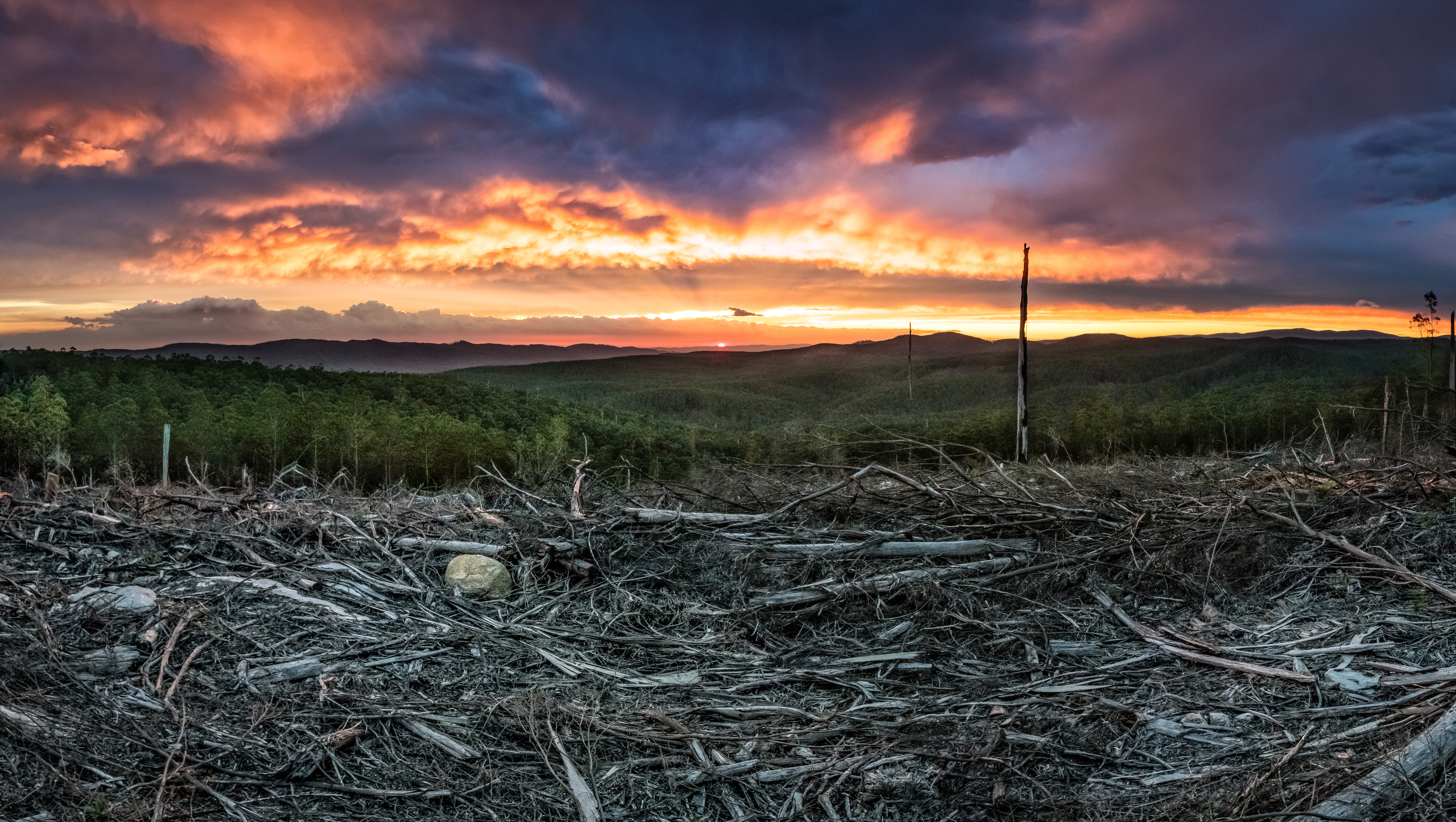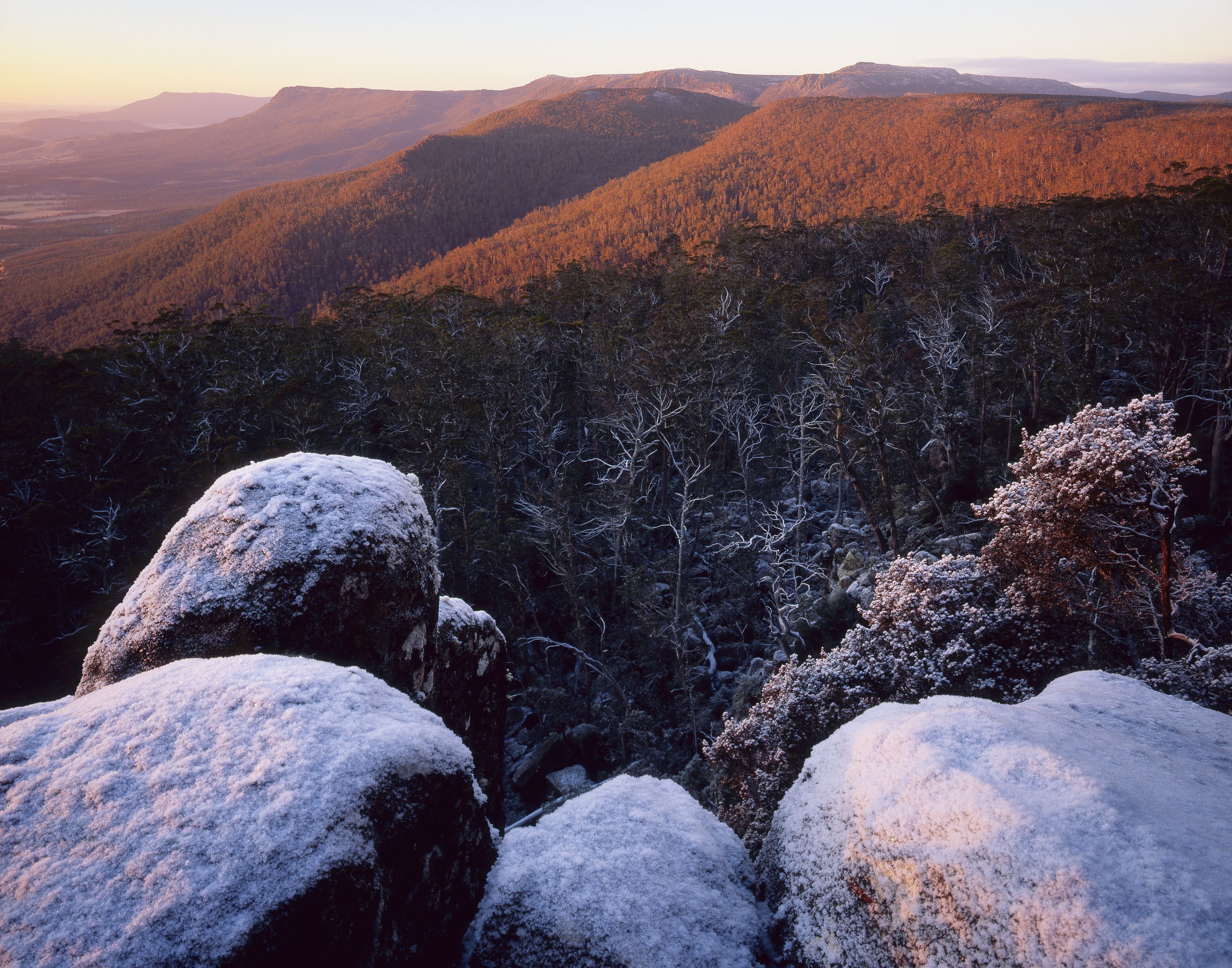
Tasmania
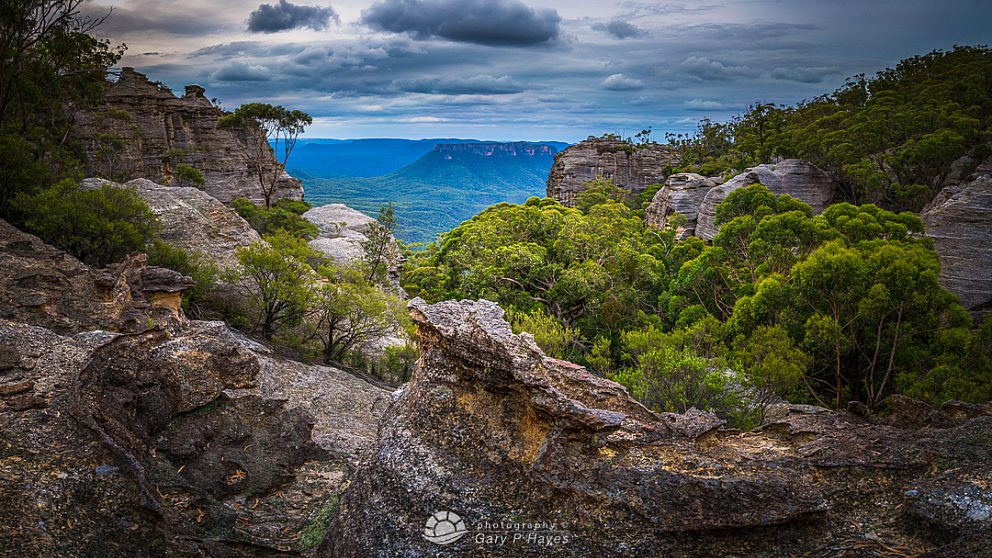
2021-2022 was a bumper year for new national parks in Australia. From NSW to WA, spectacular and unique landscapes filled with our world-famous wildlife await.
A legacy for all Australians
National parks protect the best of Australia’s natural and cultural heritage. They are national icons, home to our remarkable wildlife and jaw-dropping landscapes, and are considered some of Australia’s most important public assets. From the desert environments of the Red Centre to the lush rainforests of Queensland, our national parks reflect the extraordinary diversity of the Australian continent.
Read on to find out more about the newest editions to Australia’s rich national parks legacy!
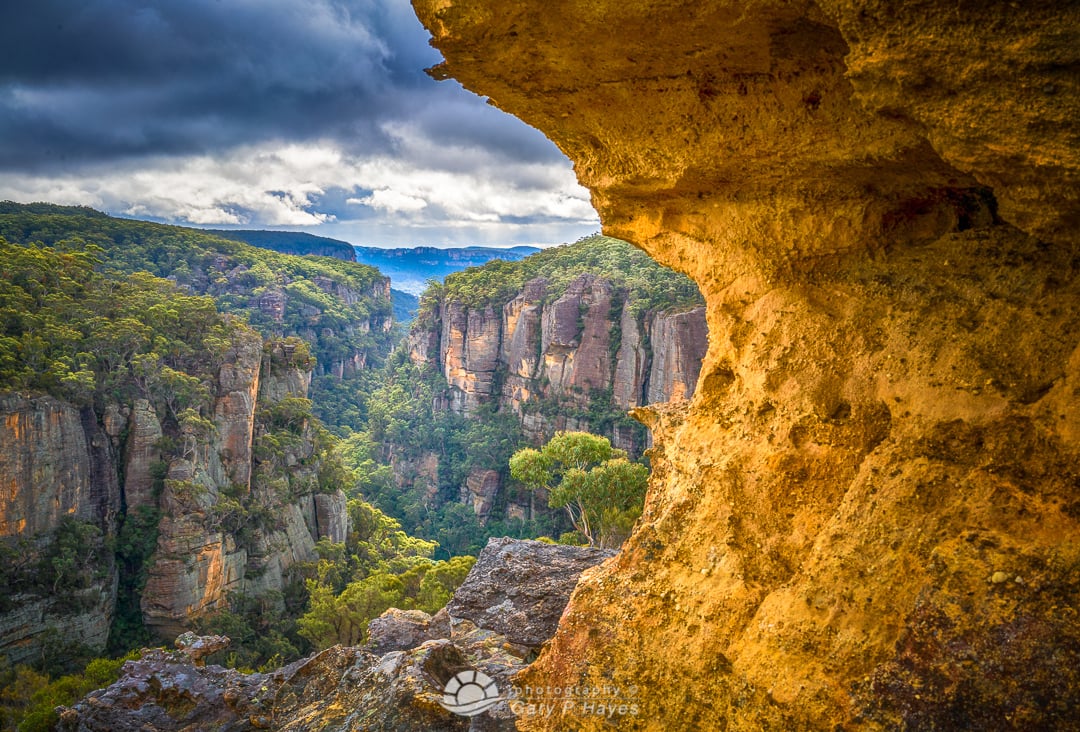
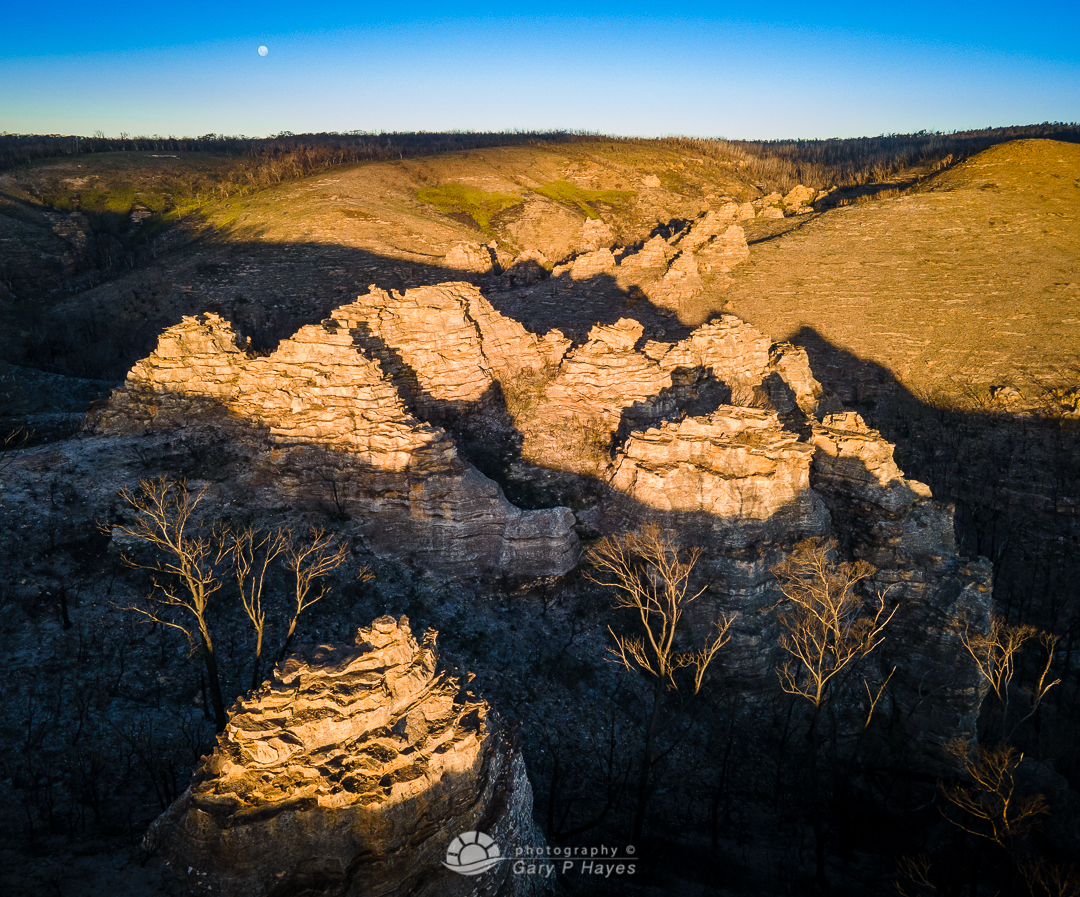
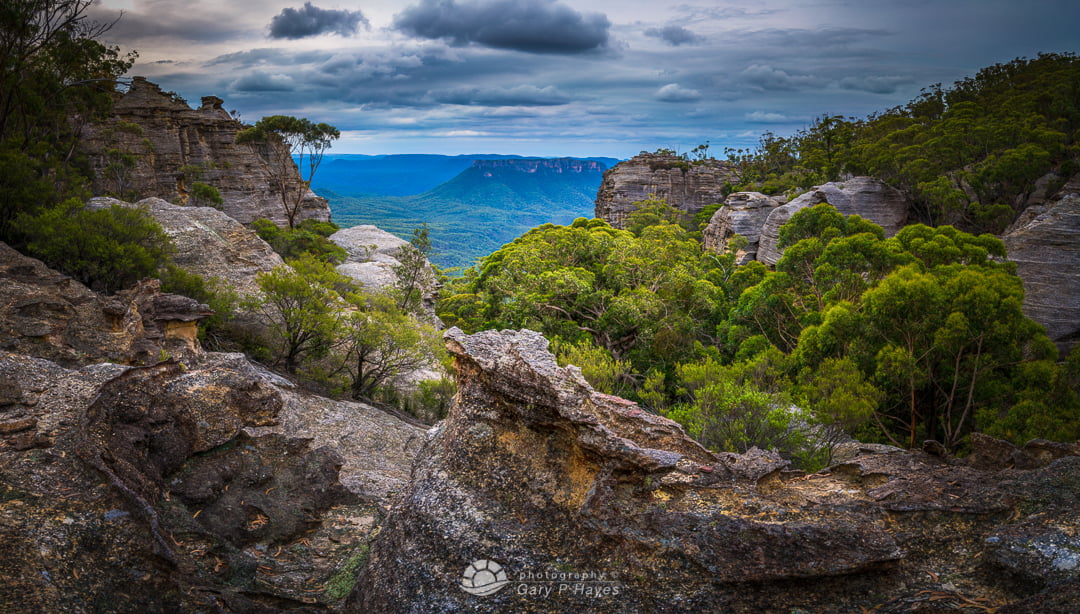
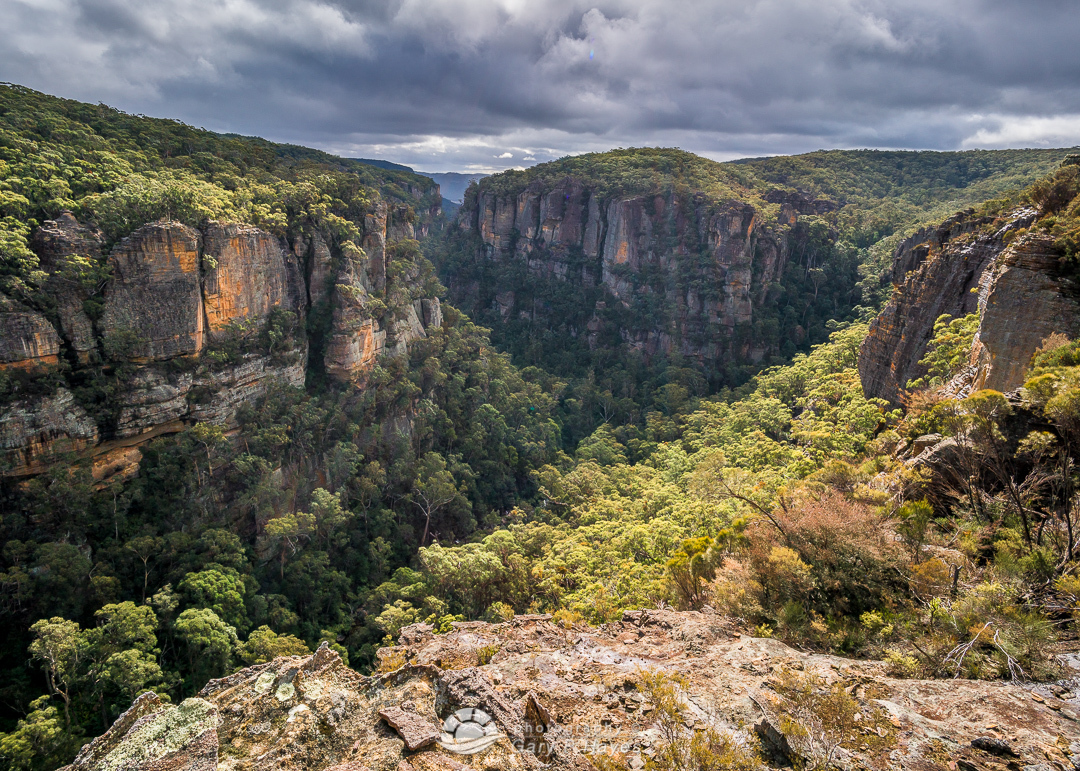
Photo: Lost city pagodas at sunset | Gary P Hayes Photography (garyphayes.photography)
Photo: Mt McLean View | Gary P Hayes Photography (garyphayes.photography)
Photo: Carne Creek Cauldron | Gary P Hayes Photography (garyphayes.photography)
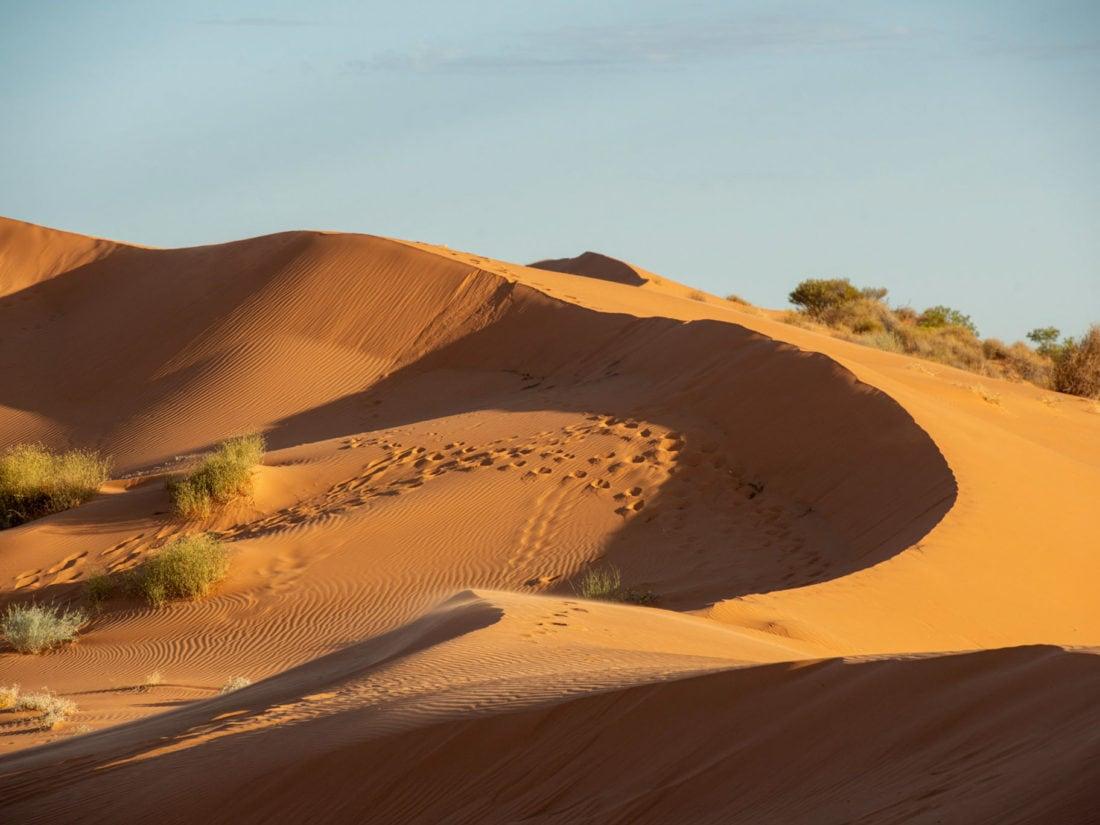
At four times the size of Yellowstone in the US (or more than half the size of Tasmania), Munga-Thirri—Simpson Desert became Australia’s largest national park when it was declared in November 2021. Located within the driest region of the continent, it’s considered an ‘intact wilderness’—one of only a few still in existence on our planet.
See how Wilderness Society worked for years to deliver this national park.
Munga-Thirri—Simpson Desert National Park is in South Australia’s far north, near its border with Queensland and the Northern Territory, and lies within the Lake Eyre Basin. The South Australian section is the traditional lands of the Wangkangurru/Yarluyandi people; other groups include Aranda and Arrente, who all maintain a strong connection with their Country.
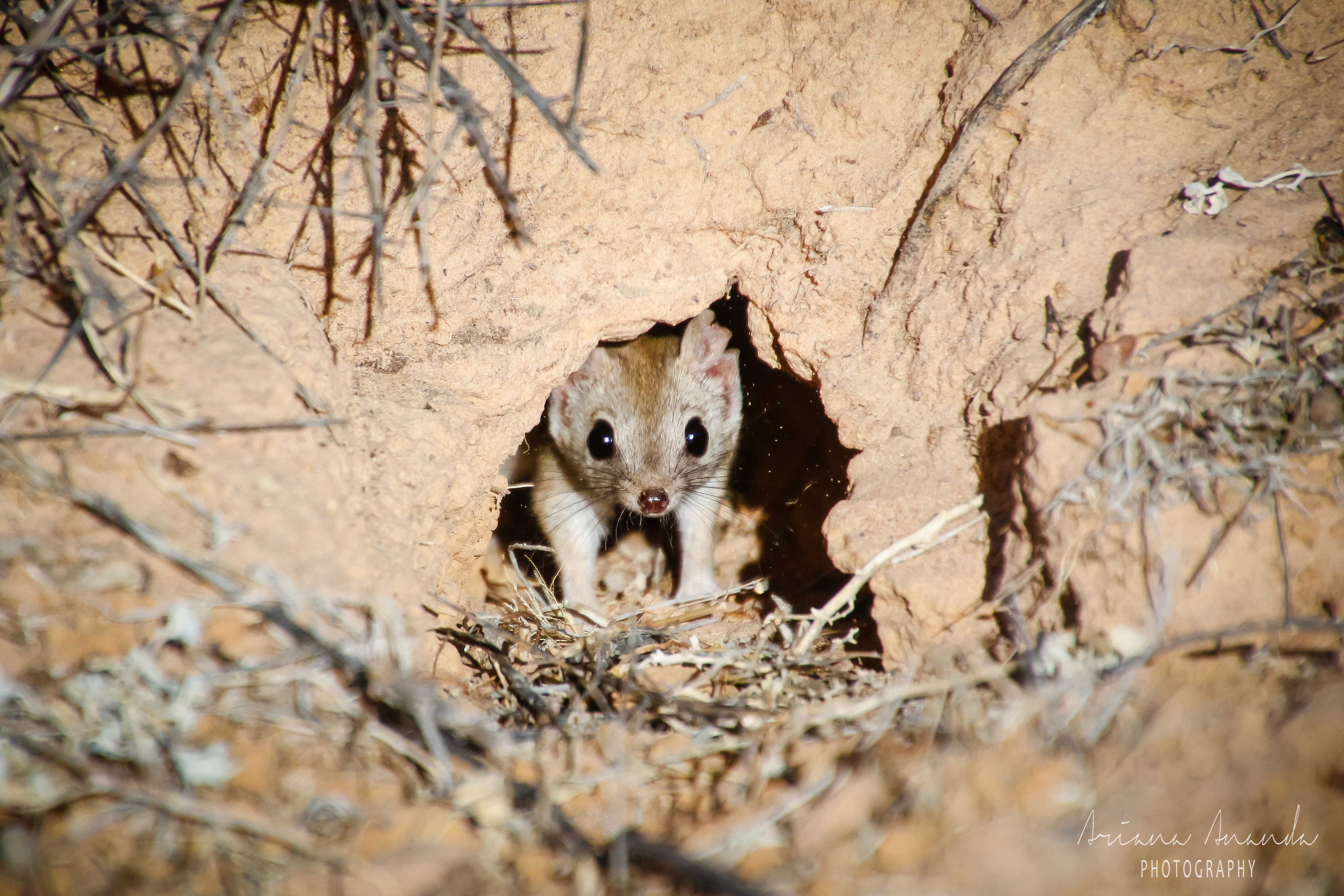
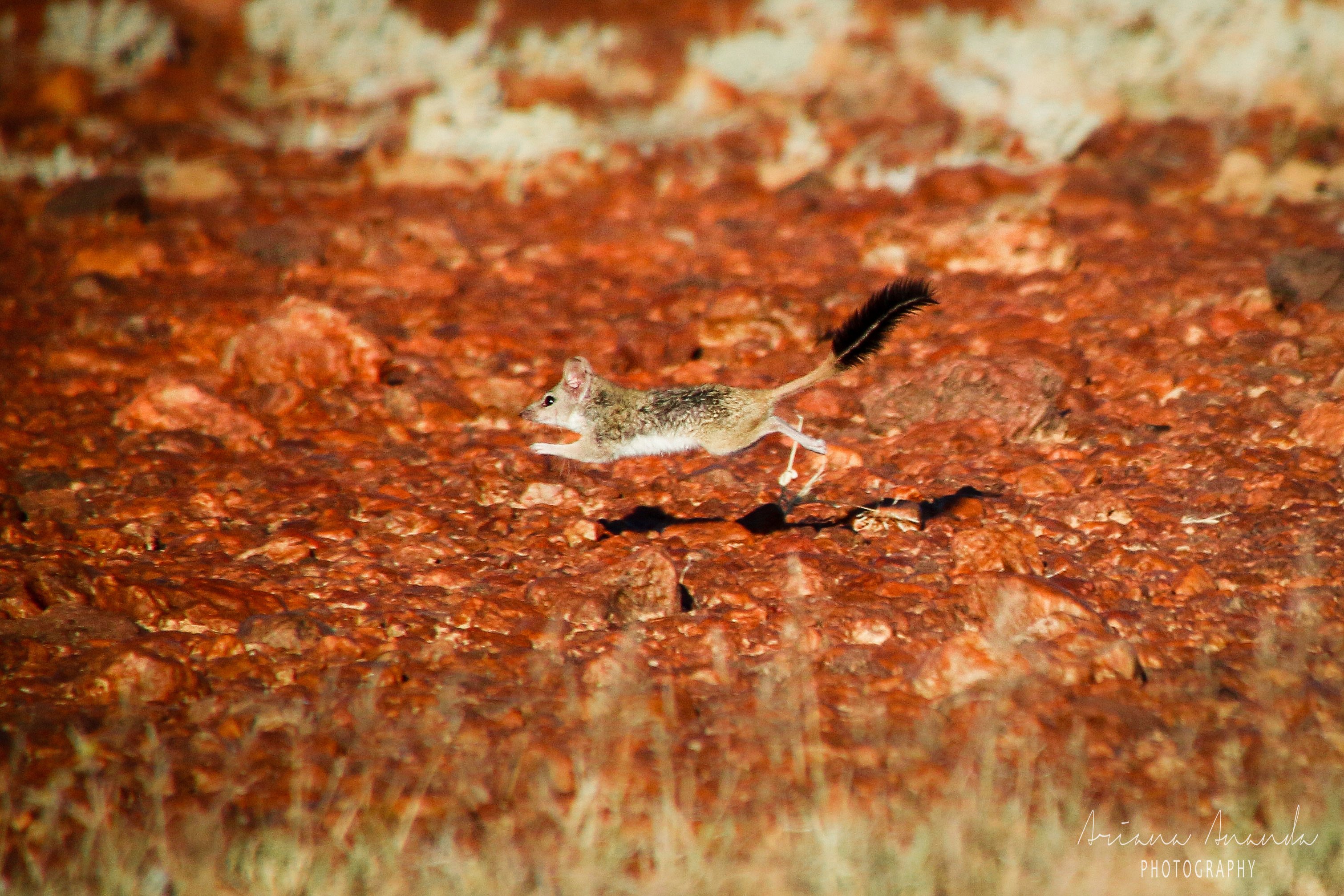
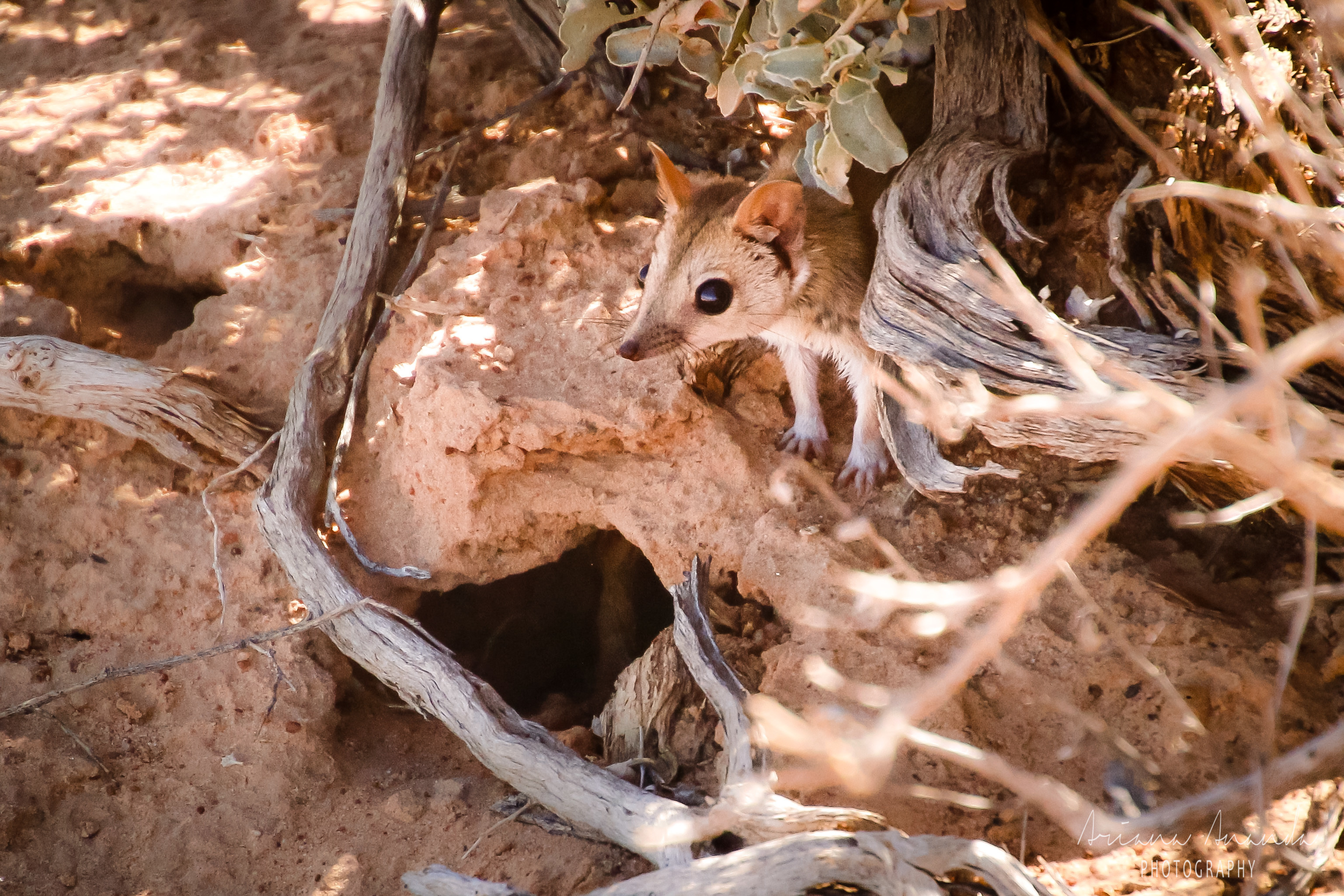
Photo: Kowaris are small carnivorous marsupials only found in the dry grasslands and deserts around Munga-Thirri | Ariana Ananda
Photo: They burrow in small sand mounds and hunt nocturnally | Ariana Ananda
Photo: Kowaris will eat most animals of equal or smaller size to them, including birds | Ariana Ananda
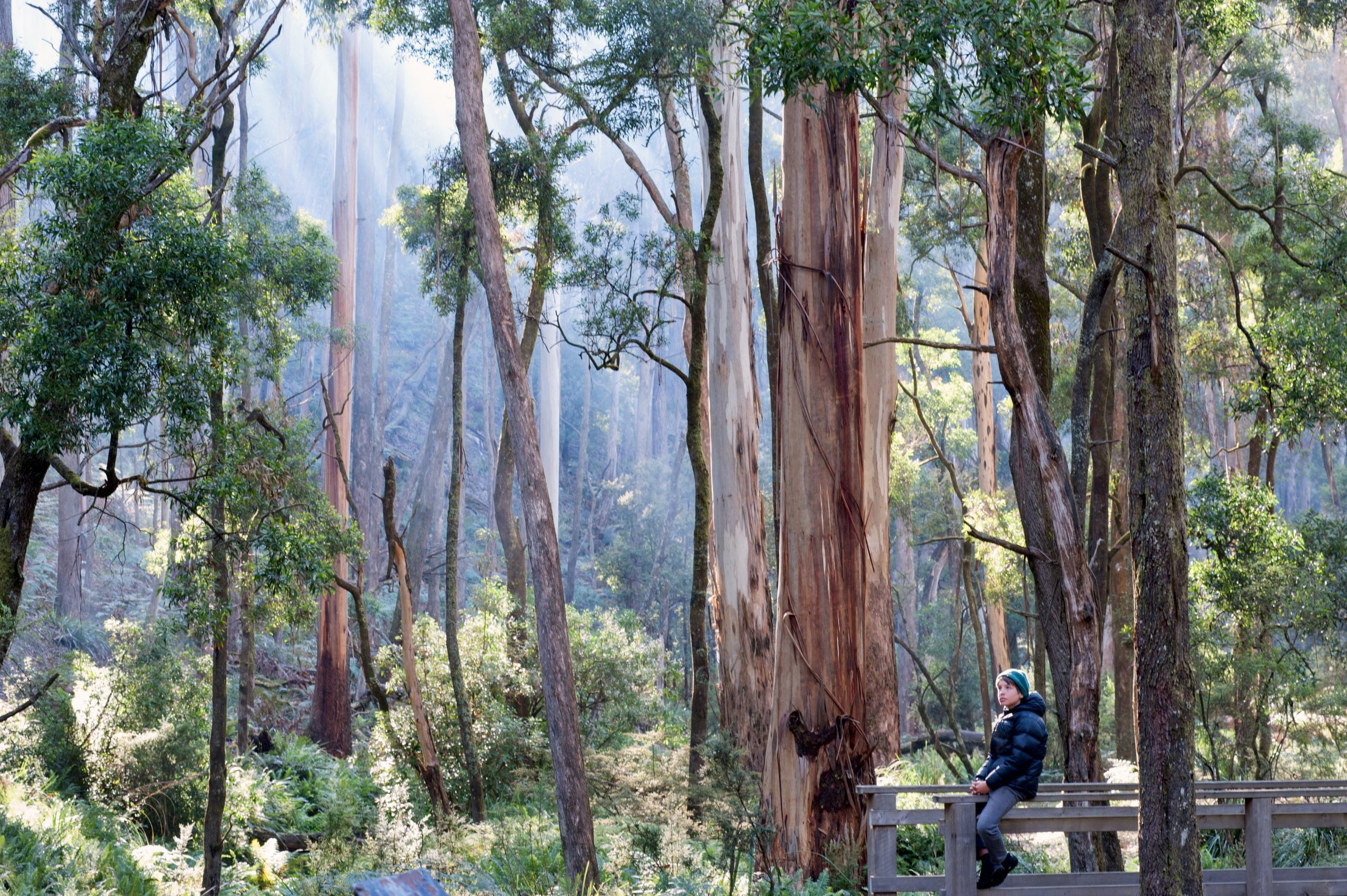
The Wombat-Lerderderg National Park, declared in June 2021, brought together the Lerderderg State Park and much of the Wombat State Forest to provide vital habitat for many of Victoria’s threatened species—such as Australia’s largest flying mammal, the greater glider.
Spanning 44,000 hectares between Daylesford and Bacchus Marsh in Victoria’s north-west, the Wombat-Lerderderg National Park straddles the Great Dividing Range and lies across the traditional Country of the Dja Dja Wurrung and Wurundjeri peoples.
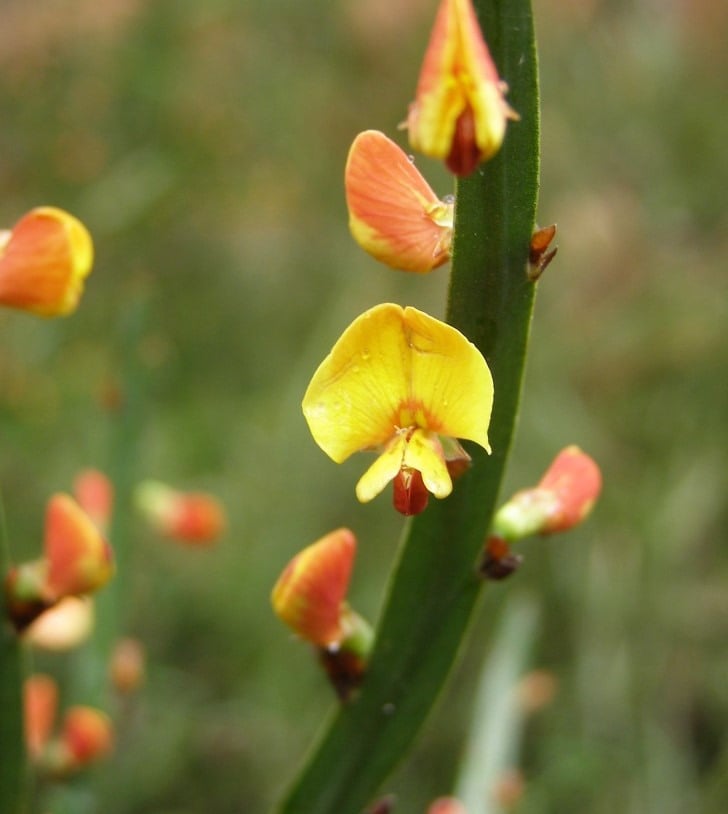
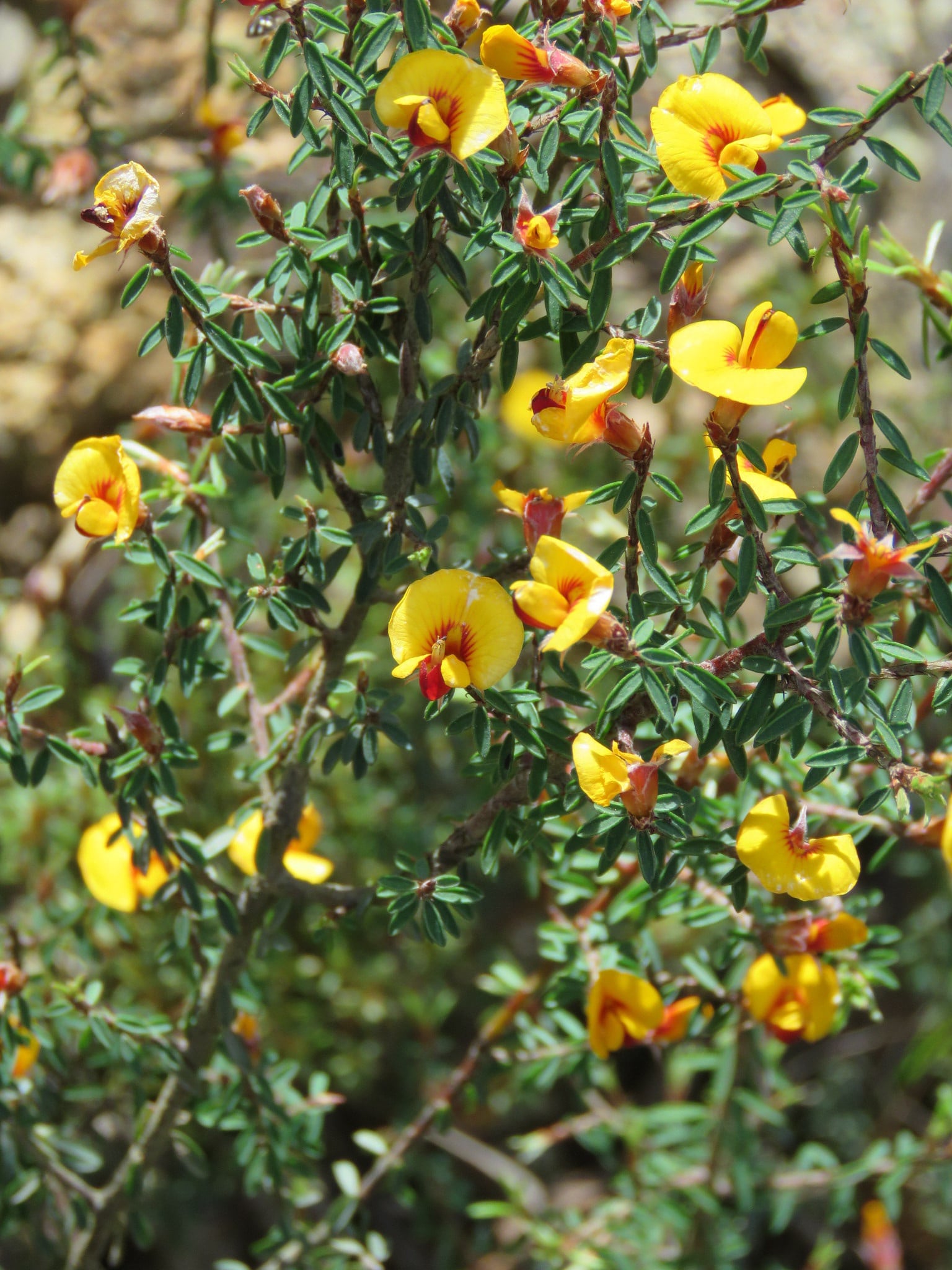
Photo: Wombat leafless bossiaea (Bossiaea vombata)
Photo: Wombat bush-pea (Pultenaea reflexifolia)
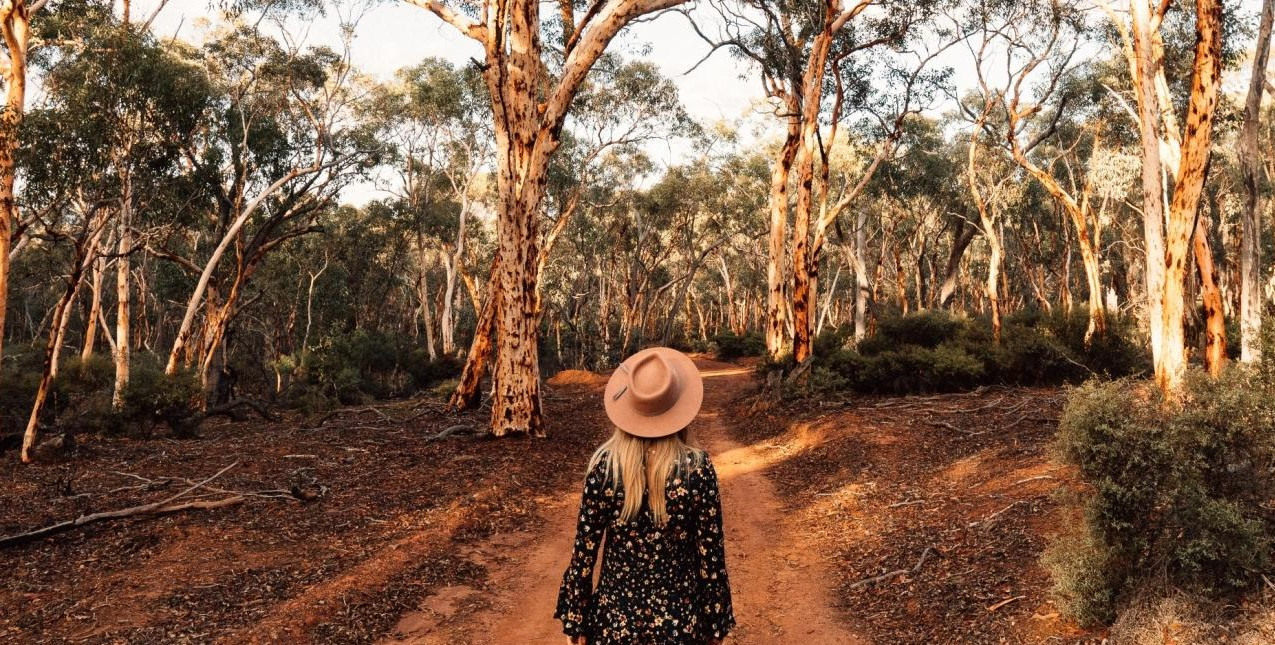
Western Australia’s newest national park, declared in January 2022, preserves the last original large woodland area in the western Wheatbelt—a crucial haven for the state’s mammal emblem, the critically endangered numbat.
Only two hours from Perth, the Dryandra Woodland near Narrogin lies on the Country of the Noongar people. The Dryandra area belongs to the Wiilman tribe, who refer to it as Wilgadjny.
A rare remnant of the open eucalypt woodlands which covered much of the Wheatbelt prior to the late 1800s, Dryandra is home to 24 mammal, 98 bird and 41 reptile species. Major populations of three nationally endangered species exist there: the woylie (brush-tailed bettong), the red-tailed phascogale, and over 50 percent of the total known population of numbat.
Over 800 native flora have been identified within the woodland, including 15 that have been declared priority species under the Department of Environment and Conservation's Declared Rare and Priority Flora List.
First Nations people have occupied WA’s southwest for at least the last 40,000 years, and important cultural sites are present in the national park.
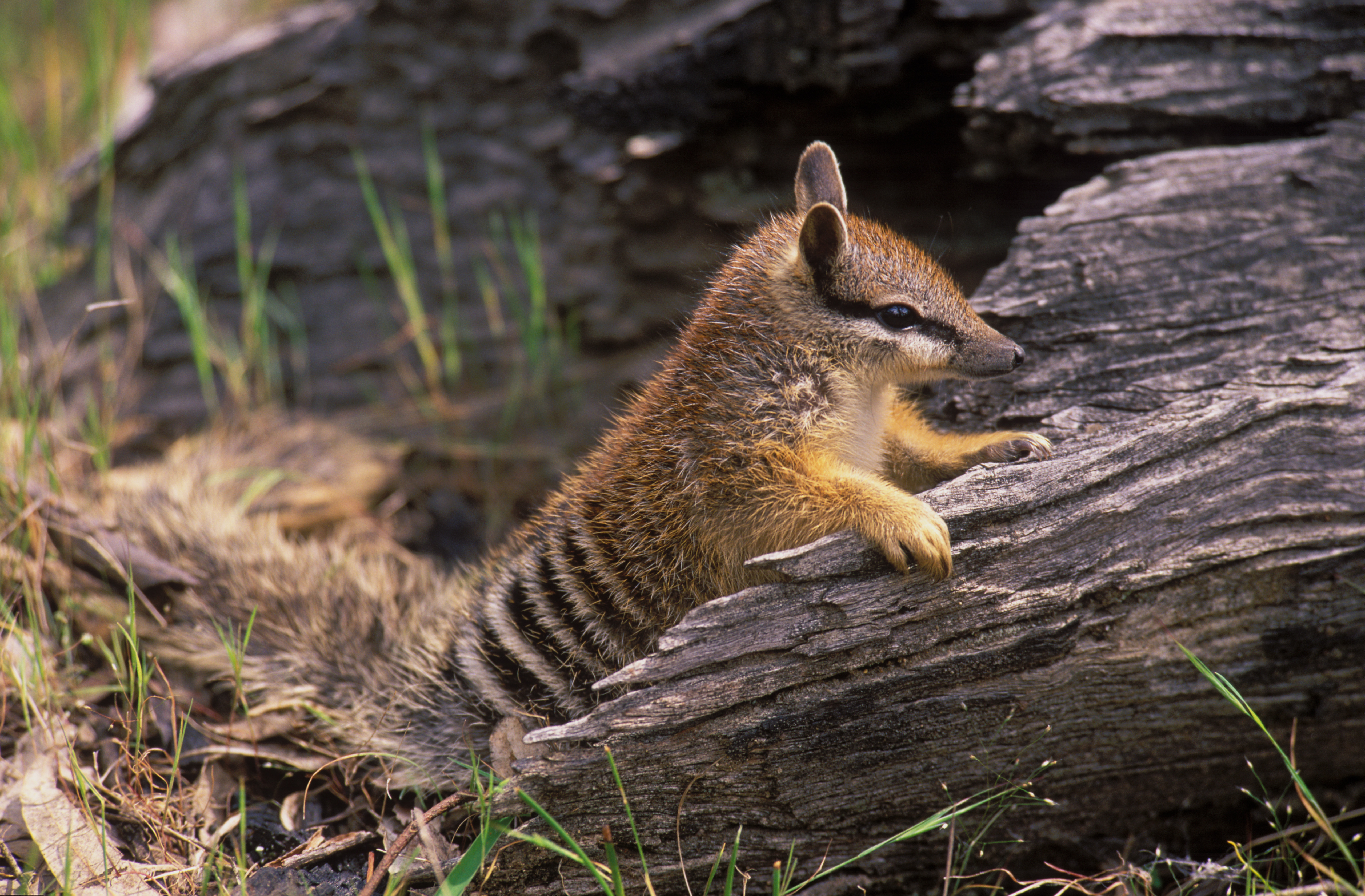
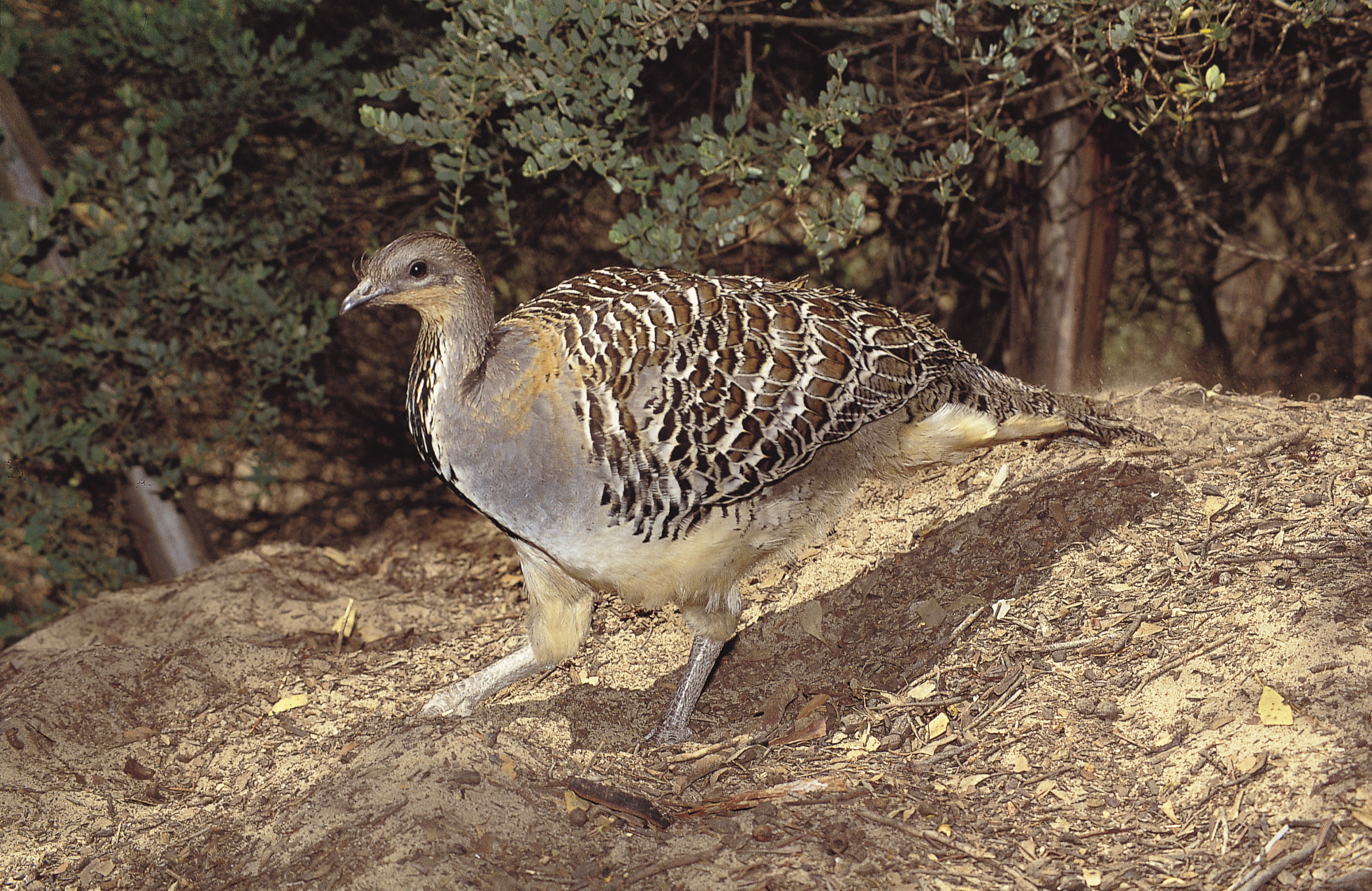
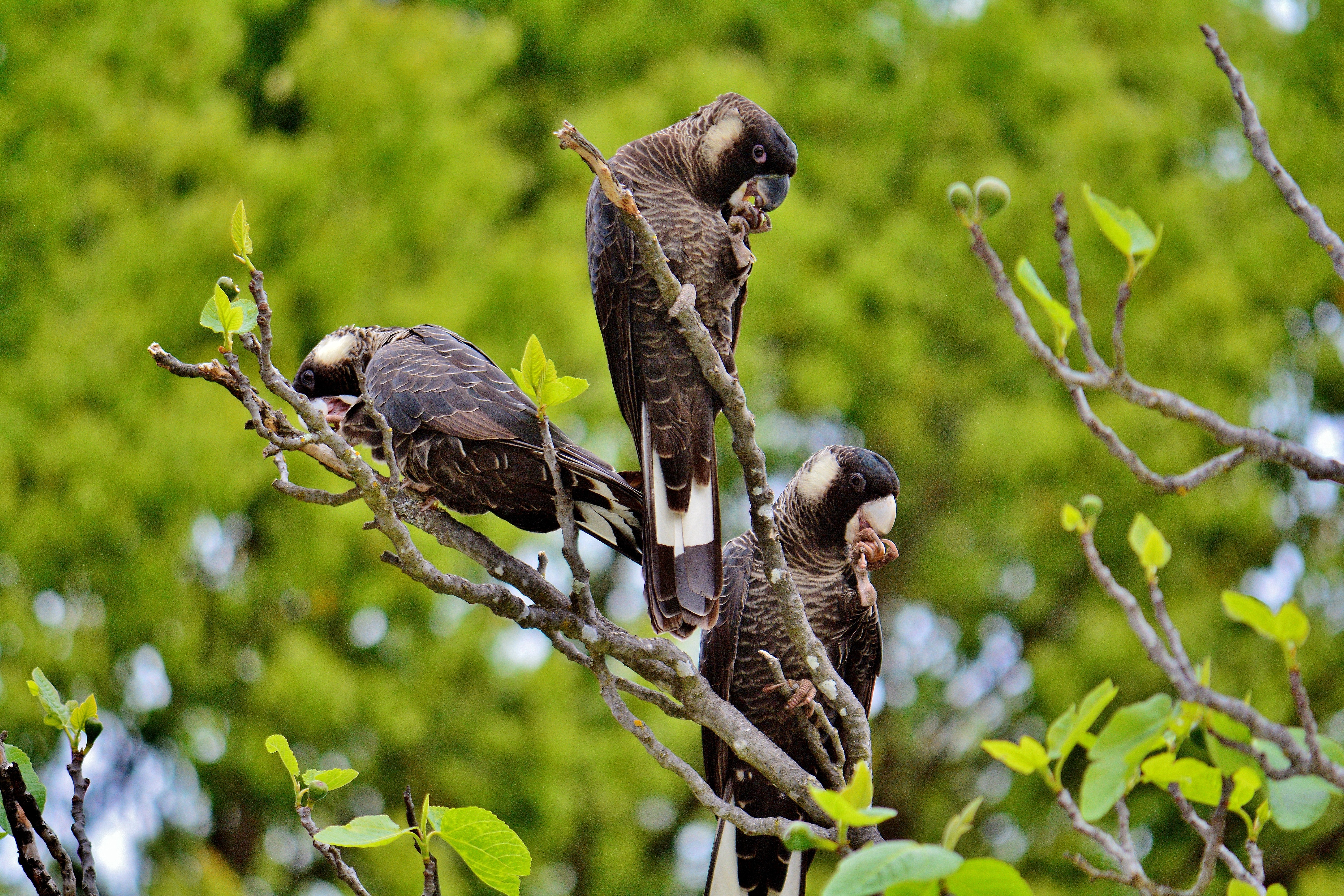
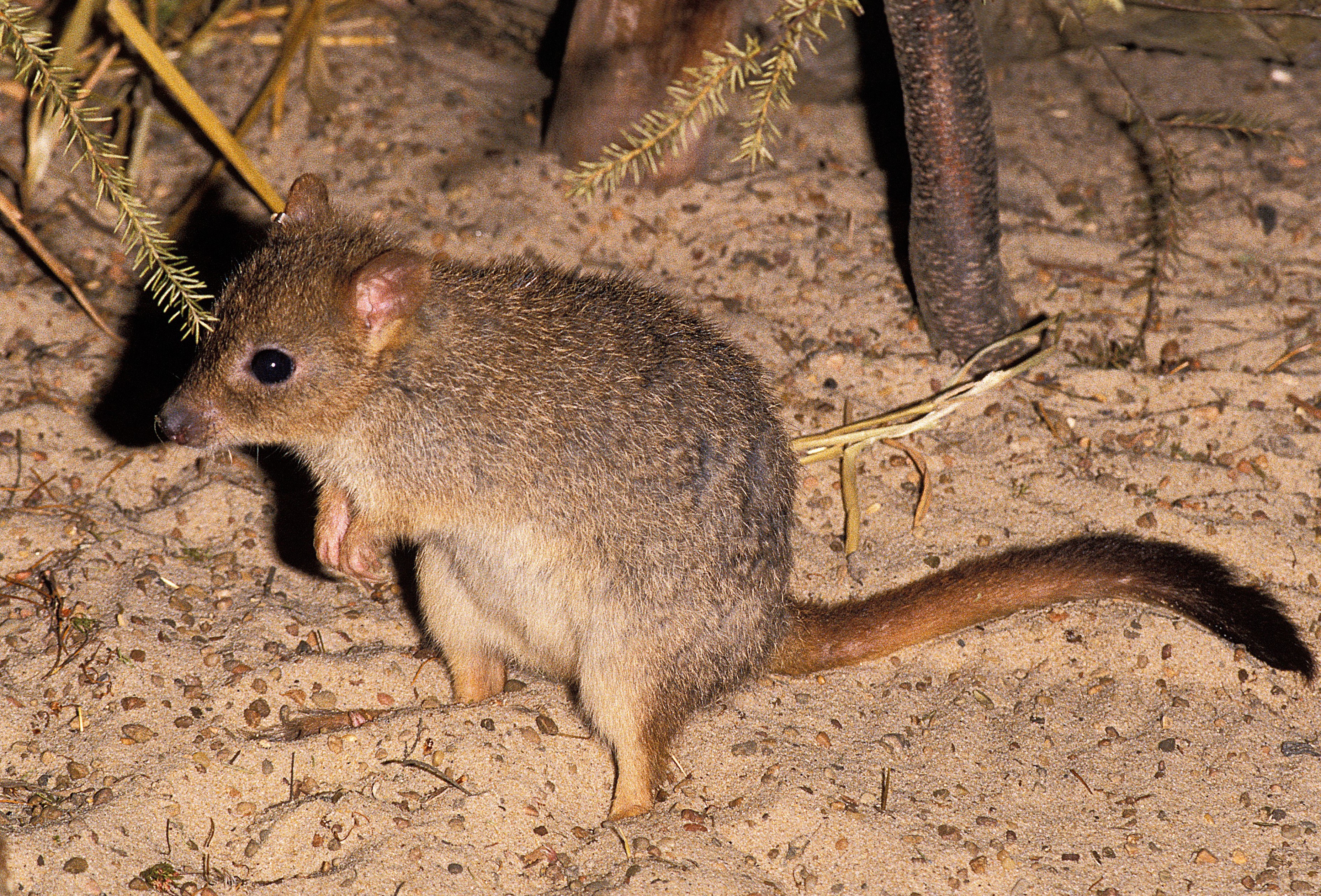
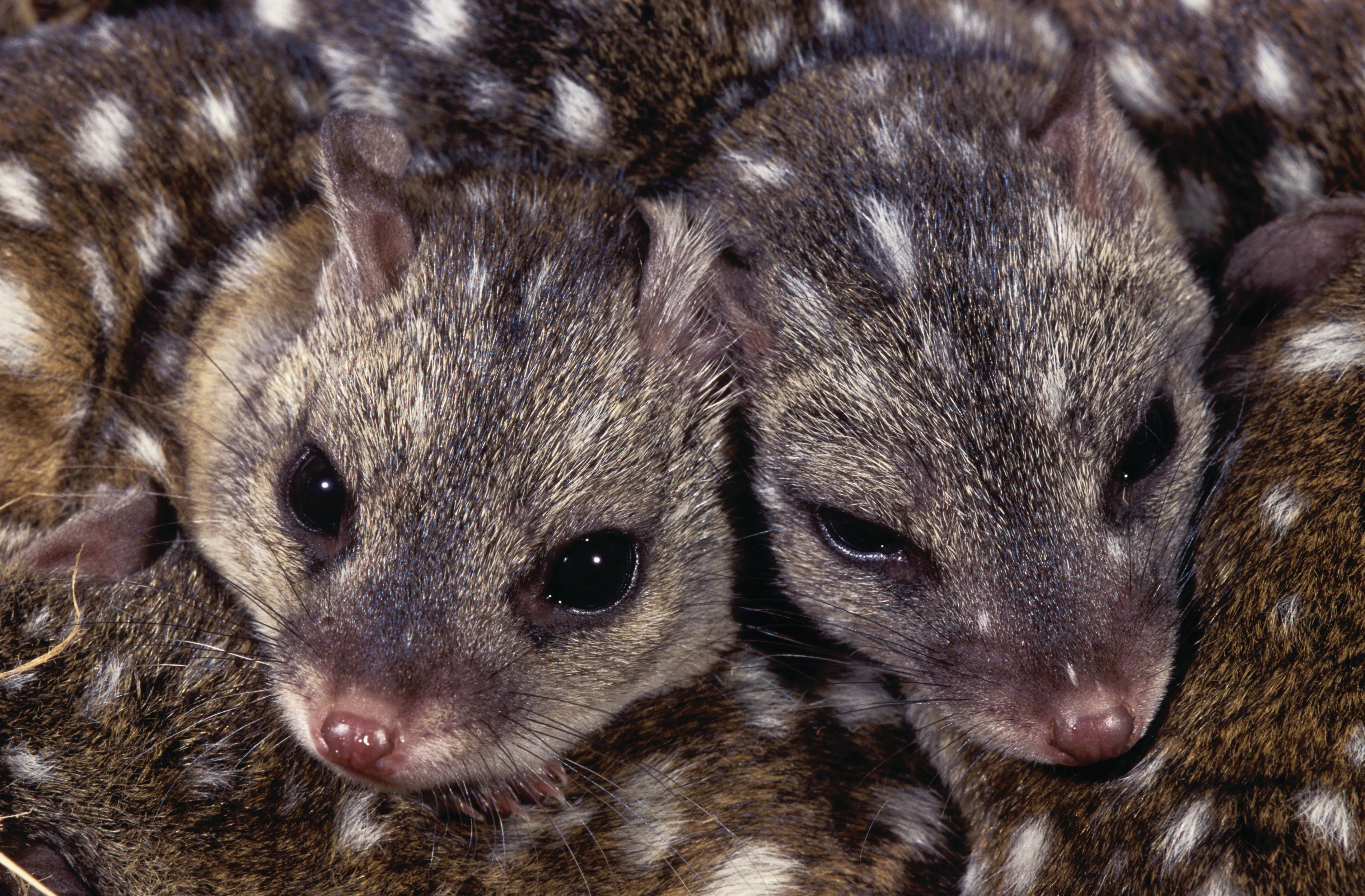
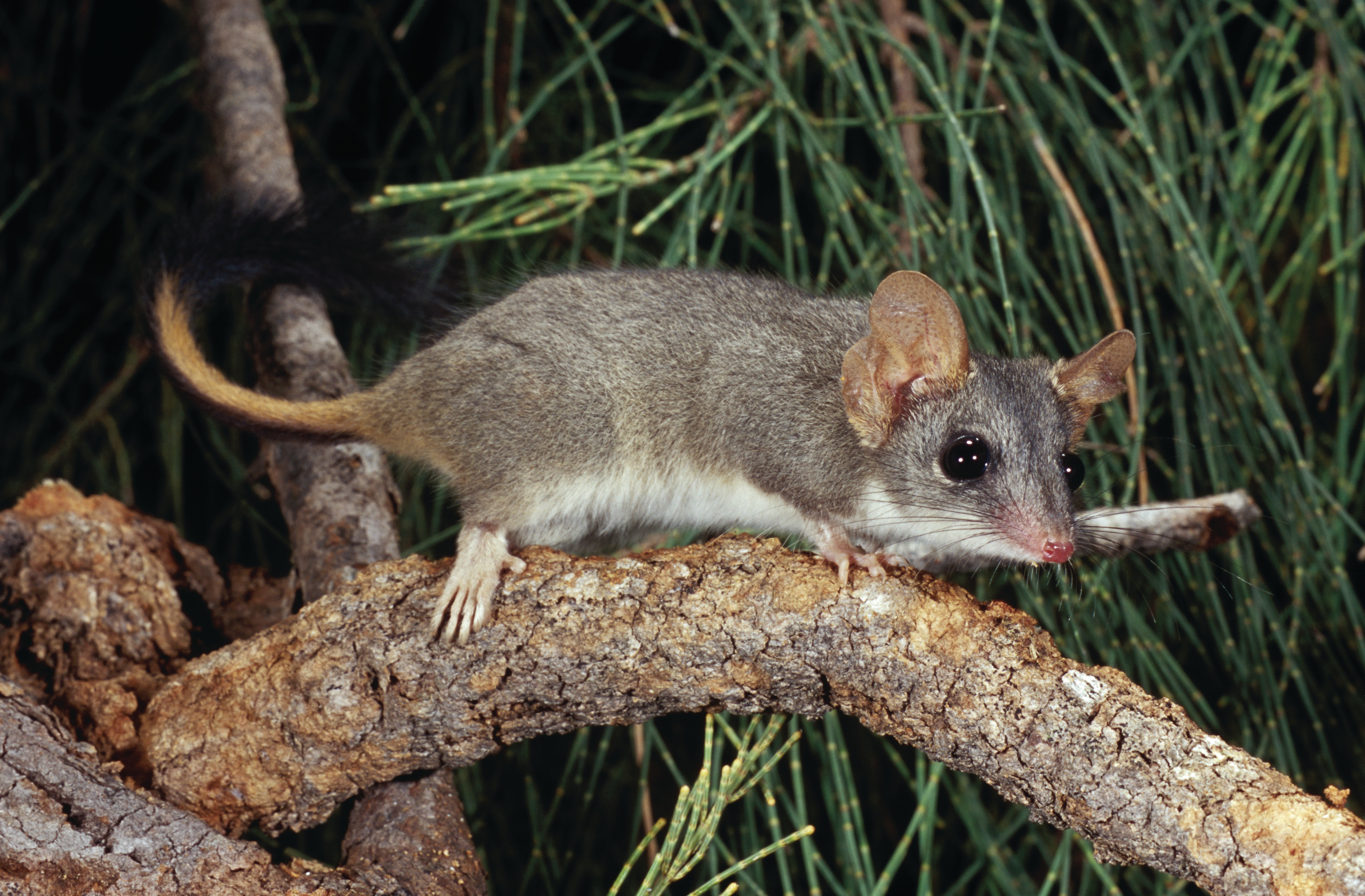
Critically endangered numbats | Jiri Lochman/Lochman Transparencies
Mound-building malleefowls | H. Beste
Short-billed black-cockatoos (also known as Carnaby’s black cockatoo) | Laurie Boyle
Woylies or brush-tailed bettongs
Western quolls | Jiri Lochman/Lochman Transparencies
Red-tailed phascogales | Jiri Lochman/Lochman Transparencies
Significant First Nations' sites include an ochre pit used for body decoration, rock art, artefact scatters, stone arrangements and a scarred tree.
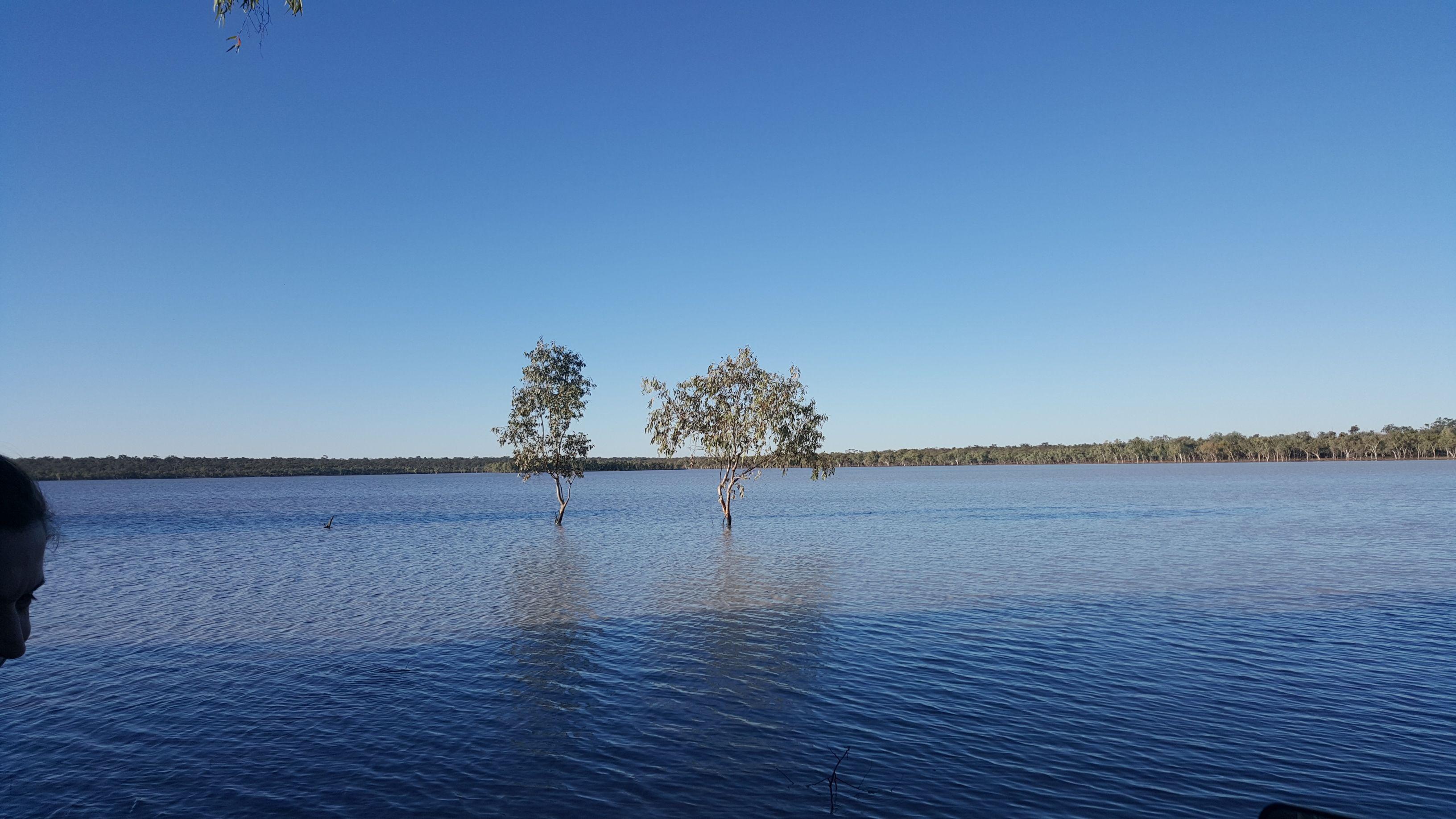
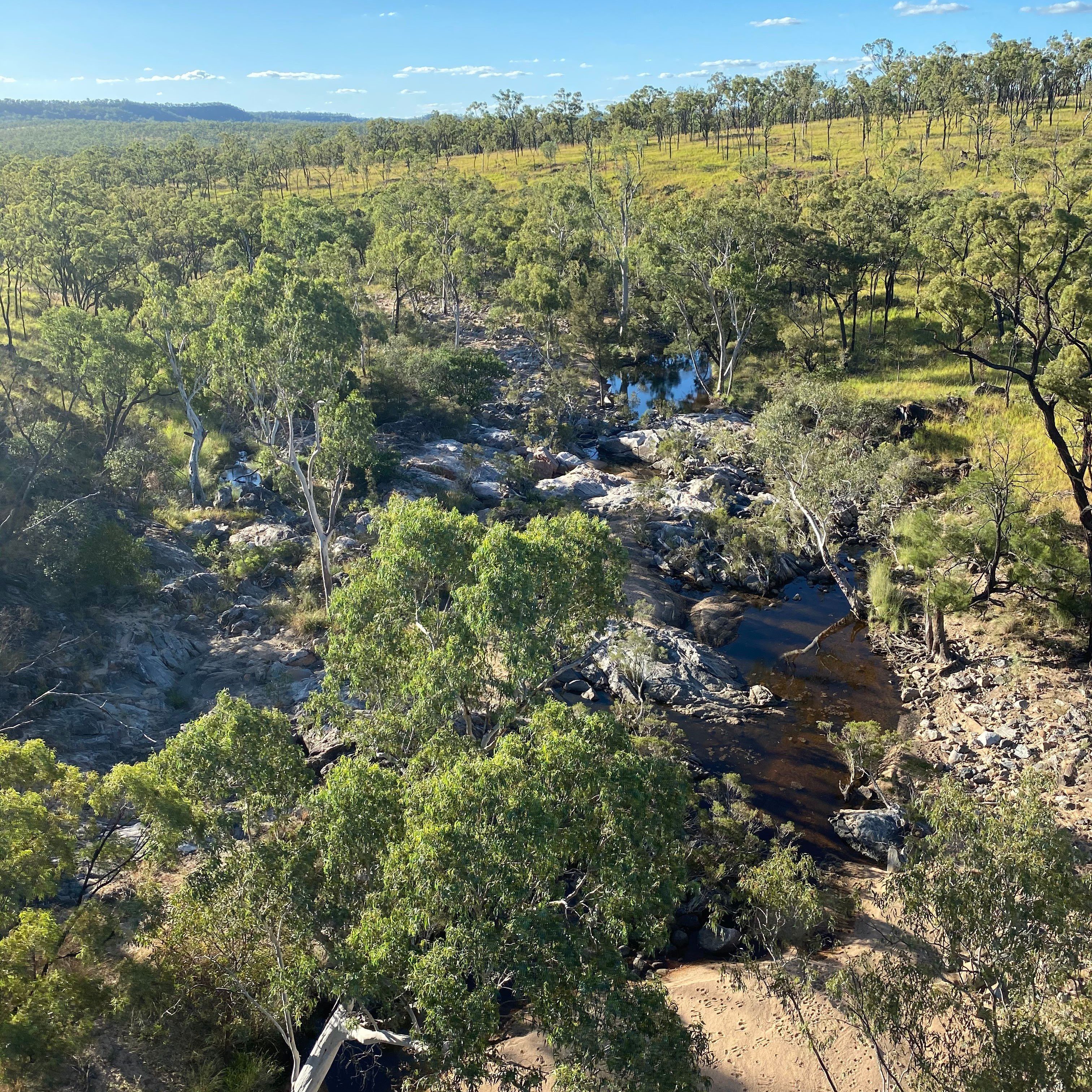
Dryandra Woodland NP in the Wheatbelt
Warlibirri NP in the Kimberley
Cape Range (South) NP, also known as part of the Ningaloo (Nyinggulu) Conservation Estate, in the Midwest
Lakeside NP in the Midwest
Munga-Thirri—Simpson Desert NP in the far north of the state, near its border with Qld and the NT
Wapma Thura—Southern Flinders Ranges NP in the Wirrabara and Mount Remarkable area
Cleland NP in the Adelaide Hills
Deep Creek NP on the Fleurieu Peninsula
Lake Frome NP in the Northern Flinders Ranges
The expanded Gardens of Stone NP next to Wollemi NP
Koonaburra NP near Ivanhoe
Langidoon-Metford State Conservation Area, east of Broken Hill
(Please note these parks are not receiving visitors yet)
Wombat-Lerderderg NP in the north-east
Pyrenees NP northwest of Avoca
Mount Buangor NP west of Ballarat
The Lakes NP in North Qld
No new NPs created
